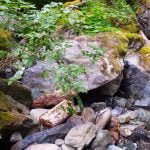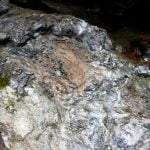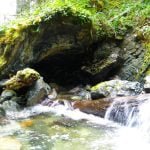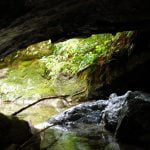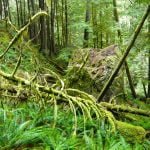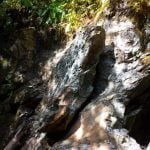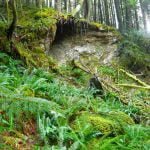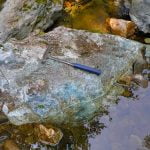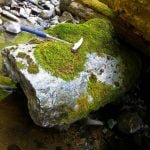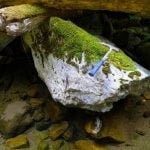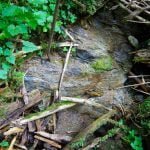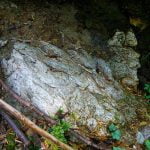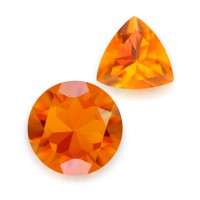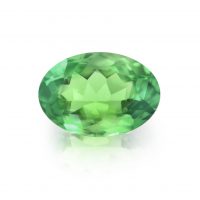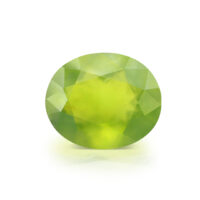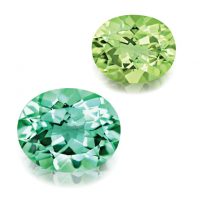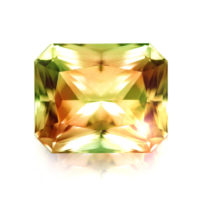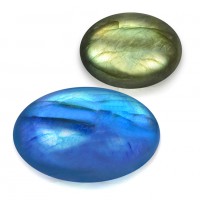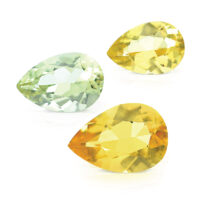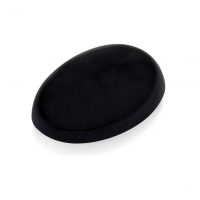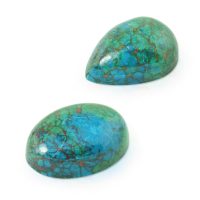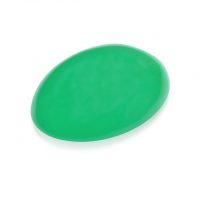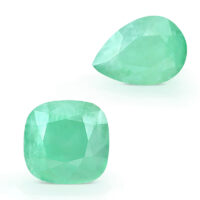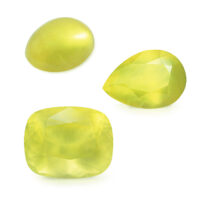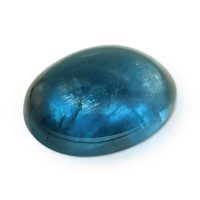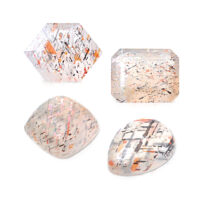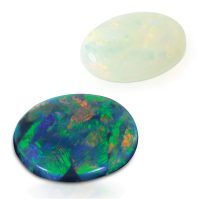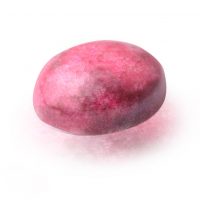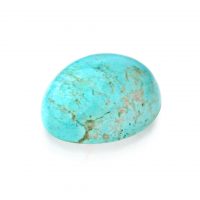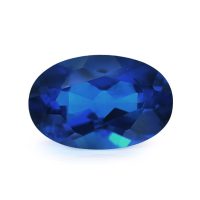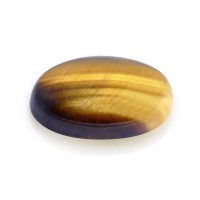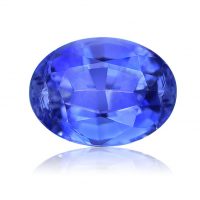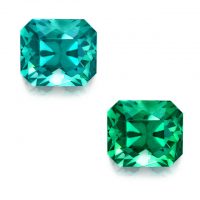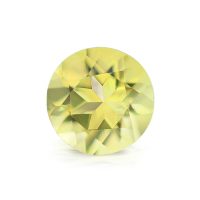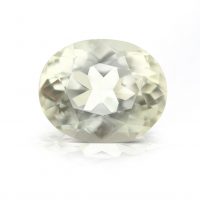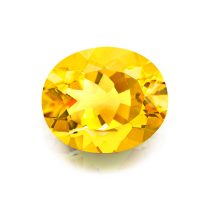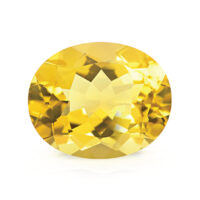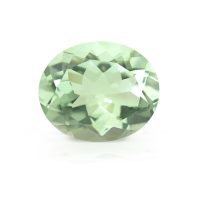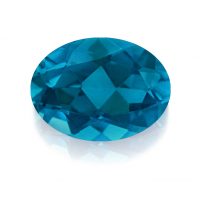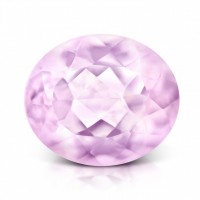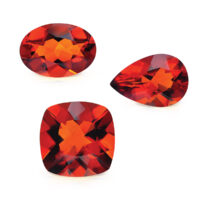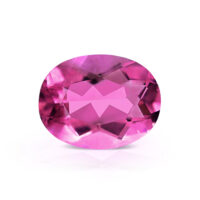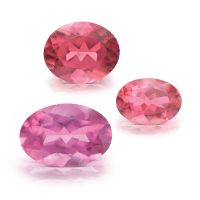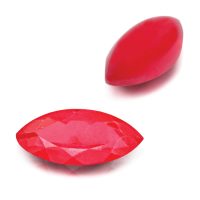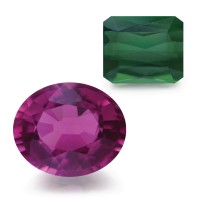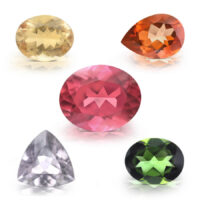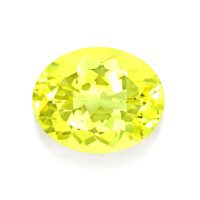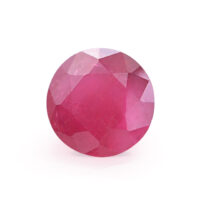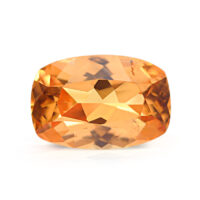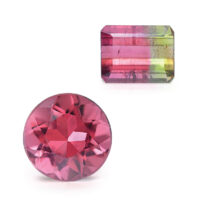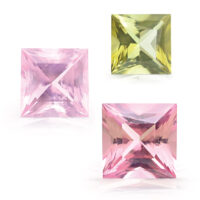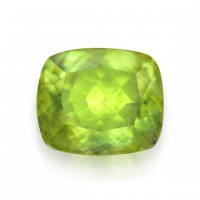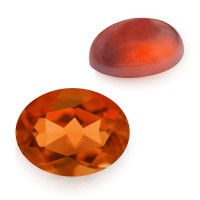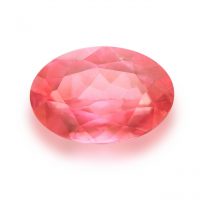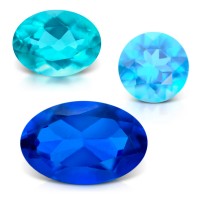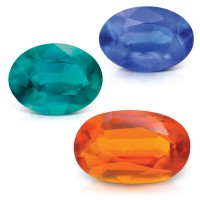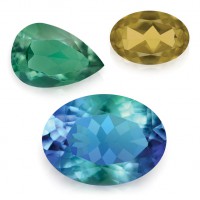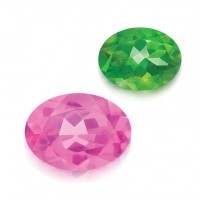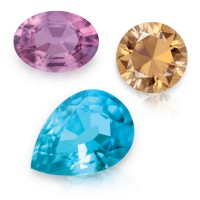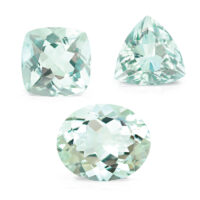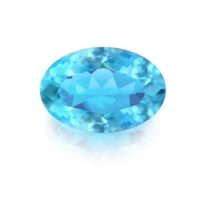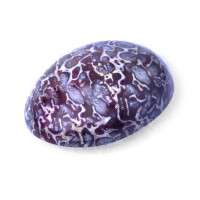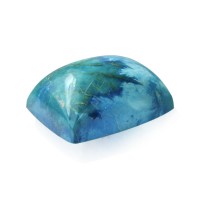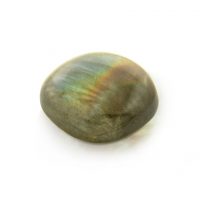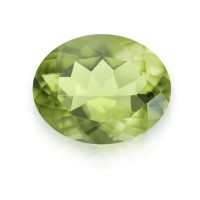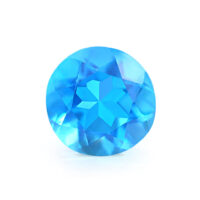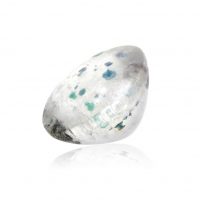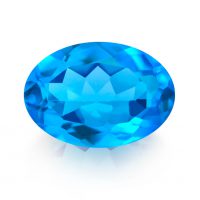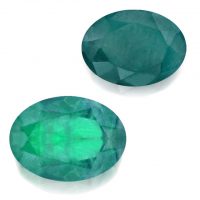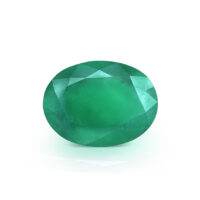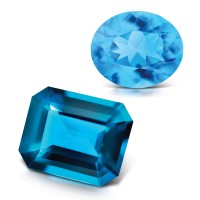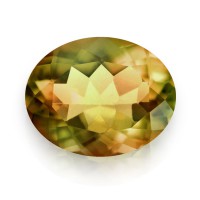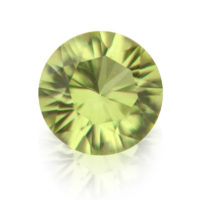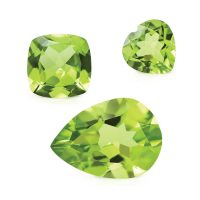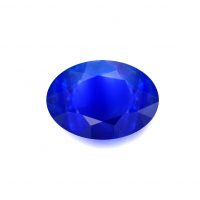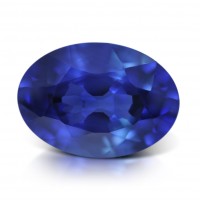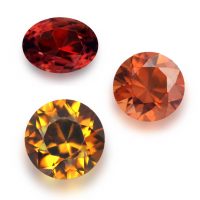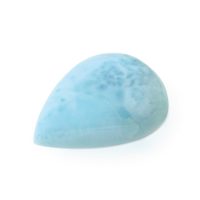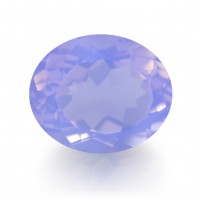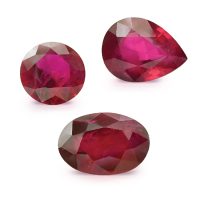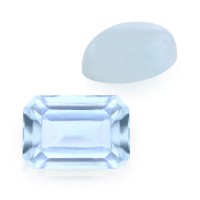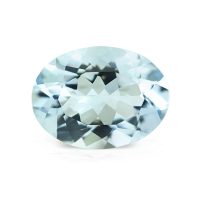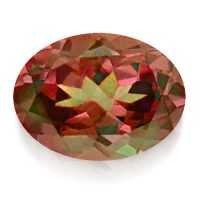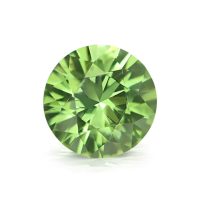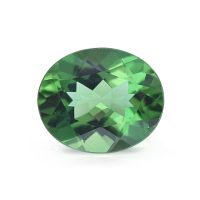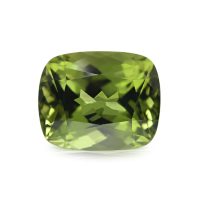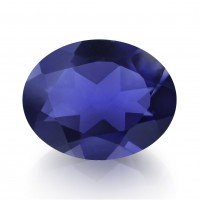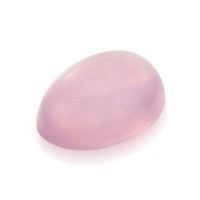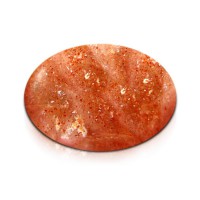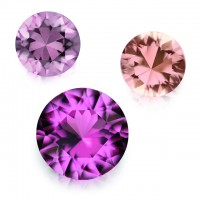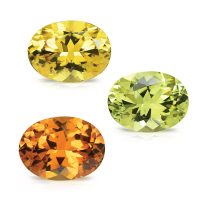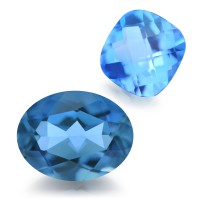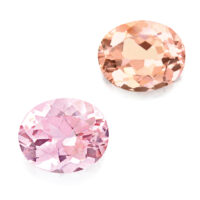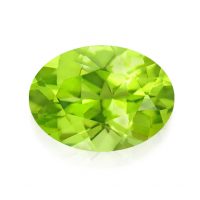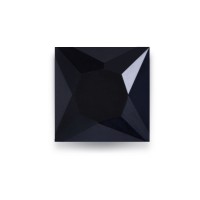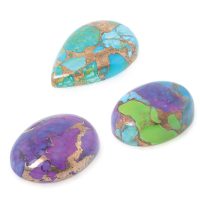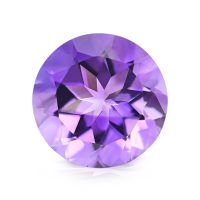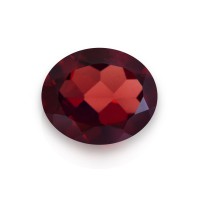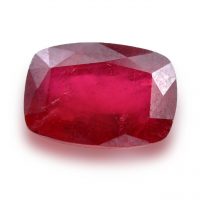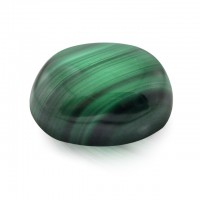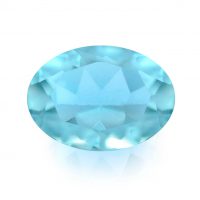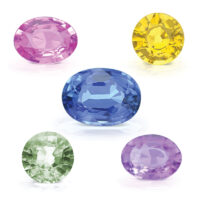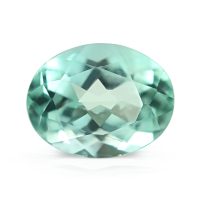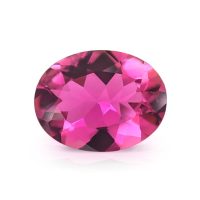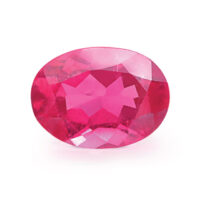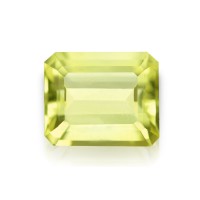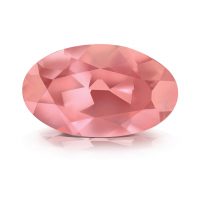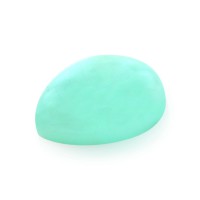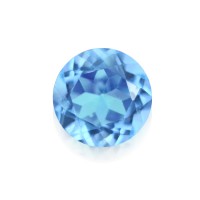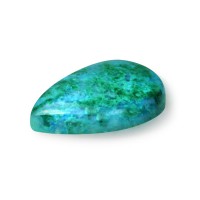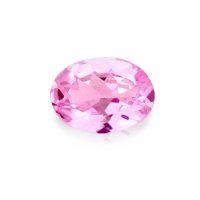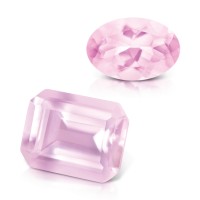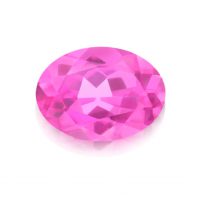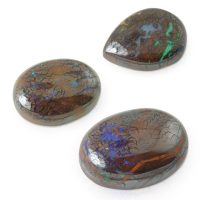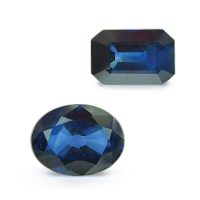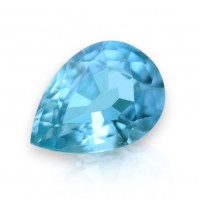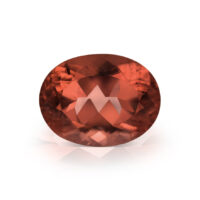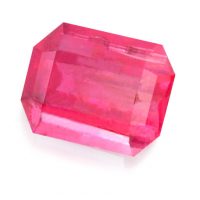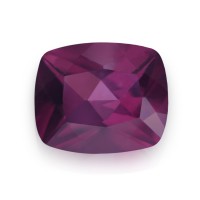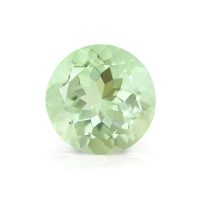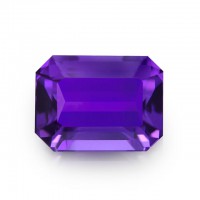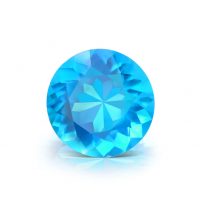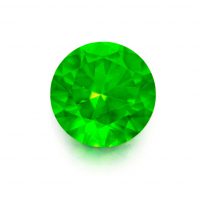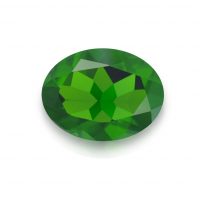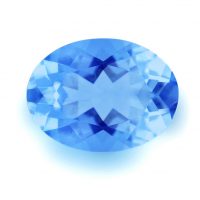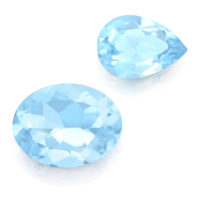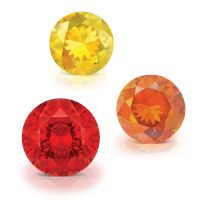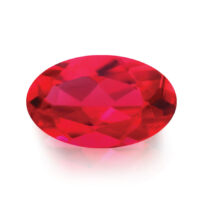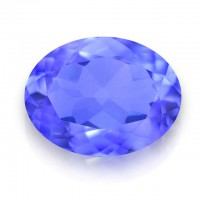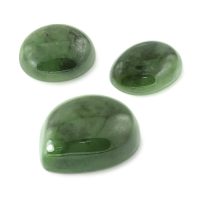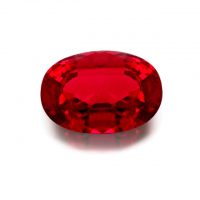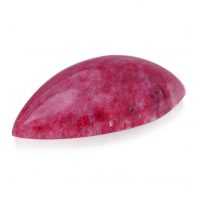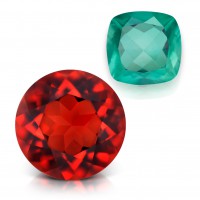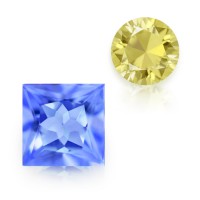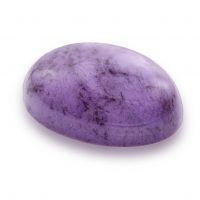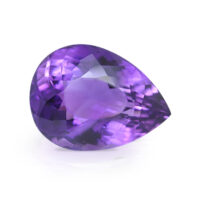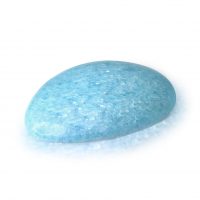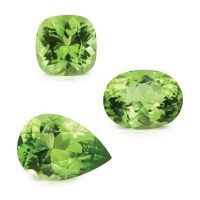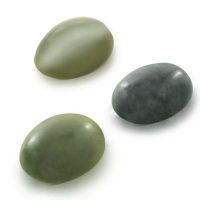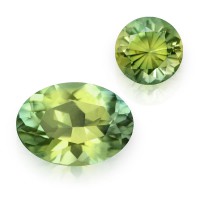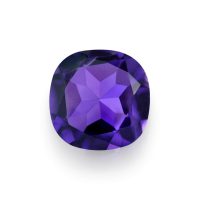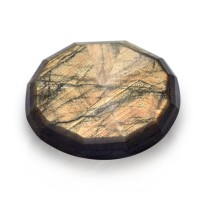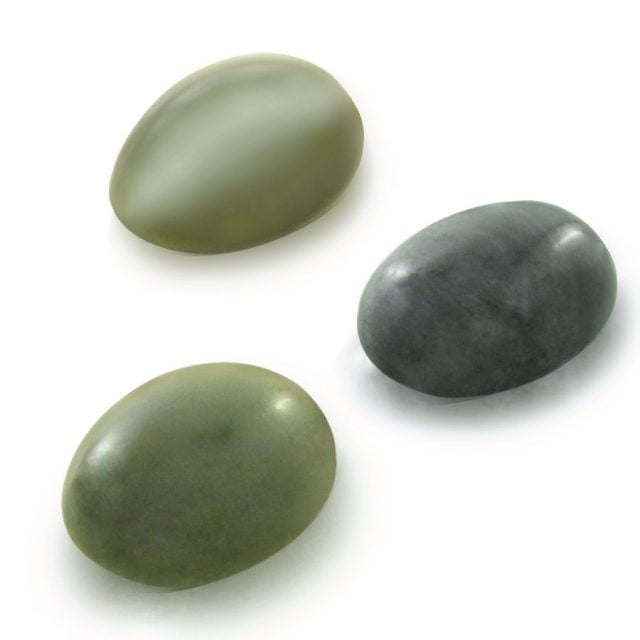

Until recently, Washington Jade’s uniquely beautiful varieties were largely unknown and dramatically under appreciated. A relatively new addition to an ancient gemstone family, Washington Jade hails from the western foothills of the Cascade Mountains in Washington State, USA. The true emperor of Chinese jewelry, Jade was also prized in Aztec, Maori, Mayan, Native American, Olmec, and Toltec cultures. Incredibly beautiful, immensely collectable, and undeniably rare, fine Washington Jade is a treasured addition to any jewelry collection.
Hardness 6.5 – 7
Refractive Index 1.652 – 1.688
Relative Density 3.30 – 3.38
Enhancement None
Beauty
Some of the world’s most beautiful and rarest Jades, Washington Jade comes in three main varieties. Unique among Nephrites, Washington Blue Dream Jade®‘s midnight hue is an incredibly beautiful dark blue to black, highlighted by light blue vermiculation. A new Nephrite species, it is characterized by its unusual gemological association with Calcite and Titanite, rather than the more typical Diopside and Chlorite, and its these two minerals that give Washington Blue Dream Jade® its one-of-a-kind color. Washington Evergreen Jade™ is a deep, forest fern-green, and Washington Cat’s Eye Evergreen Jade™ is a similar color, but with an unusual, soft, wide luminescent cat’s eye that beautifully illuminates the gem. This results in a very different appearance to most other cat’s eye gems, such as Cat’s Eye Chrysoberyl. Chatoyancy, also known as the cat’s eye effect, appears as a single bright reflective line of light, similar to a cat’s eye. Chatoyancy is created by the reflection of light from long needle-shaped inclusions occurring in a parallel arrangement. Similar to star gems, the cat’s eye effect is dependent on a gem being cut ‘en cabochon’ and is most visible in a direct, single beam of light.
Increasingly coveted globally for its high quality, Washington Jade’s medium to fine-grain easily affords a very high, mirror-polish. This key quality consideration facilitates an even color and deft finish, also allowing the gem to glow with a sometimes-icy appearance, even in mundane light conditions. Optimally cut ‘en cabochon’ (cut in convex form and highly polished, but not faceted), Washington Jade is carefully finished into attractive smooth domes with a desirable proportion, shape, symmetry, and a superior polish that displays an excellent luster.
Tougher than Diamonds, Washington Jade is a variety of Nephrite. ‘Jade’ originates from the Spanish conquest of the Americas, being derived from ‘piedra de hijada’ (colic stone) around 1565. The gem’s other Spanish name ‘piedra de los rinones’ (kidney stone), translates into the Latin, Lapis Nephriticus, giving the name, Nephrite. These names came from curative connections between the shape of Jade pebbles and kidneys. In 1863 Alexis Damour established that Chinese Jade (Nephrite, the ‘traditional’ Jade) and Burmese Jade (which he named ‘Jadeite’) are different minerals with similar properties. Nephrite comes in blacks, blues, browns, greens, greys, yellows, and whites.
Rarity
While Burma and China remain famous, historically acclaimed, important Jade origins, other sources include Australia, Guatemala, Japan, Kazakhstan, New Zealand, Russia, Taiwan, and the USA. Cat’s Eye Jade is far rarer; the only significant sources for this incredibly scarce gemstone are Siberia, Taiwan, and now Washington State in the United States. Often considered the rarest of the rare Jades, Washington is also one of the few locations where Botryoidal (a globular external form resembling a bunch of grapes) Jade ‘Dragon Bubbles’ are found.
Washington Jade mining was first permitted in June, 1973 at the western foothills of the Cascade Mountains, about 11 kilometers west of Darrington, a small logging community in Washington State. Few know of the quality of Washington Jade as the treacherous mountains and heavy rainforests have conspired to keep the sources largely hidden. Only a handful of experienced and gifted collectors have learned the secrets to finding gem-grade Washington Jade, and today it is harvested from two main deposits. The Finney Block primarily produces Blue Dream Jade®, and the Darrington Block yields Evergreen Jade™, as well as small quantities of Blue Dream Jade®.
The beauty of Washington Jades reflects the majesty and mystery of the mountains and forests in which it is found. Responsibly sourced Washington Jade is legally harvested in full compliance with environmental best practices. To leave no impact, only very small amounts of the best gem-grade material are harvested. This takes patience as each boulder must be evaluated for both its potential and place in the environment using state of the art technology. Only then are appropriate boulders carefully removed using experienced hands.
Washington Jade is also totally natural and unenhanced, which is a critical attribute for top qualities.
Durability & Care
Washington Jade (Mohs’ Hardness: 6.5 – 7) is an excellent choice for everyday jewelry. Washington Jade should always be stored carefully to avoid scuffs and scratches. Clean with gentle soap and lukewarm water, scrubbing behind the gem with a very soft toothbrush as necessary. After cleaning, pat dry with a soft towel or chamois cloth.
Map Location
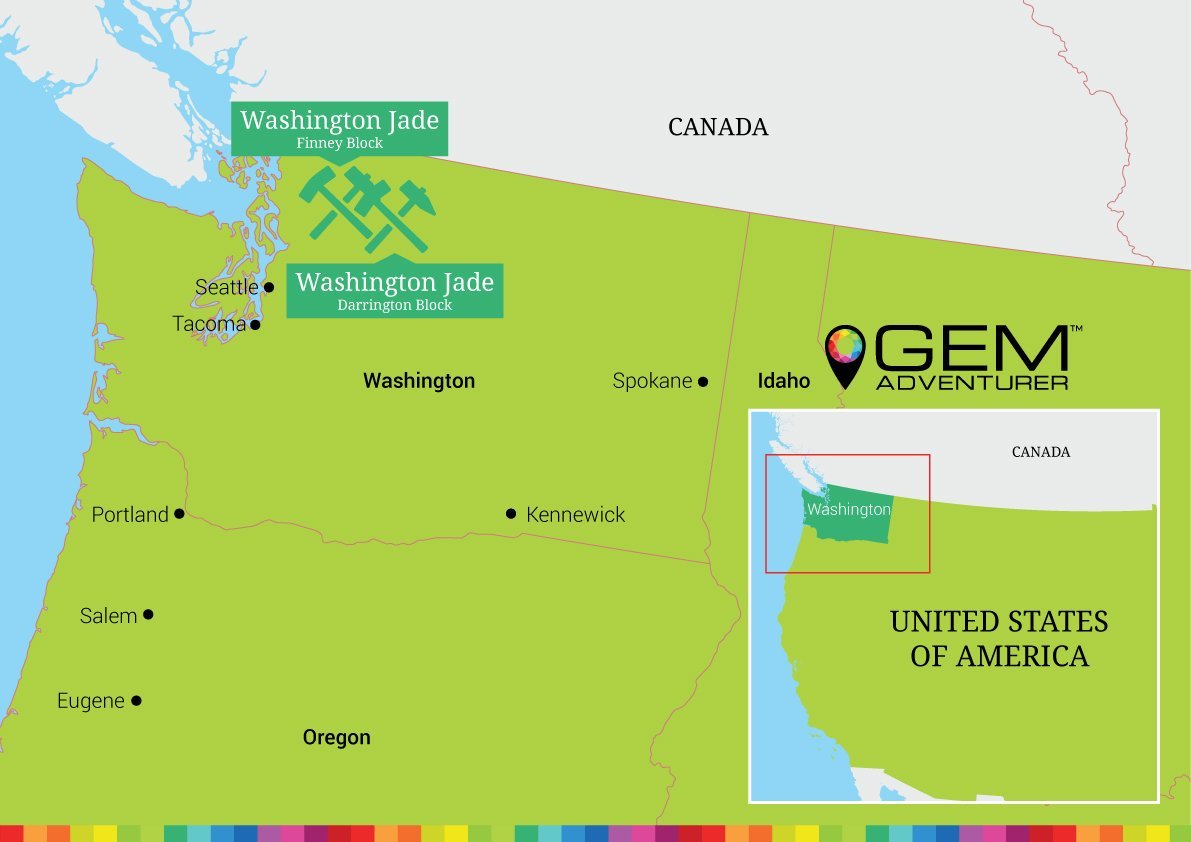
Click map to enlarge
